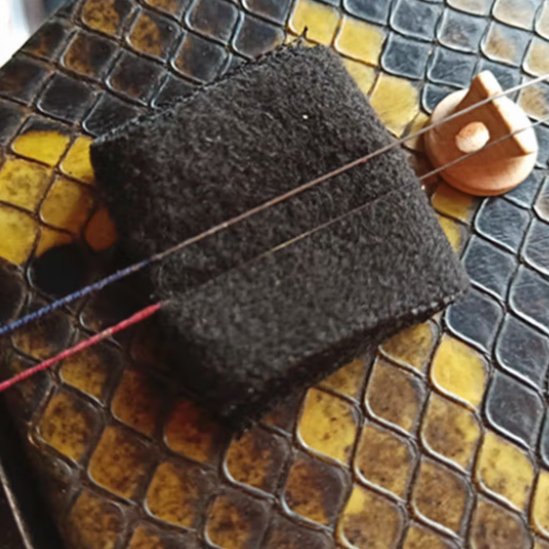How to choose erhu sound pad
The tunes played by the erhu feel beautiful, but behind this beauty there is a small thing that plays a key role, this is the "sound pad". The material, thickness, size, and installation position of the sound pad will affect the sound of the erhu. How thick is the erhu sound-absorbing pad? The following will introduce to you.

1. The piano can be thinner if the noise is small, thicker if the noise is louder, and the thickness should not exceed the height of the piano code.
2. The sound filter pad is also called sound pad, control pad or muffler pad. Its main function is to reduce noise and suppress noise, and to adjust the vibration frequency and intensity of the piano skin to achieve a more ideal sound quality effect. It is used for the installation position that is placed under the erhu code and inserted between the strings and the piano skin, and is clamped by the strings and the piano skin.
3. The sound filter pad is used to adjust the vibration frequency and intensity of the piano skin to achieve a relatively ideal sound quality effect, mainly for noise reduction and noise suppression, suppressing discordant noise, and can solve the "wolf sound" of the erhu and eliminate the empty sound of the erhu. Make it concentrated and plump.
4. Generally, the configurations used in the market are rubber sponge pads, which are recommended to be eliminated. According to my experience, the better materials are woolen cloth, the thickness of which is about 3 mm, and the length of which is about 8 cm (according to the piano skin). The tightness of the piano can be determined, the loose can be shorter, the tighter can be longer) a long strip with a width of 3 cm, and then folded into several layers according to the elasticity of the piano skin, about half a centimeter away from the piano code, when the piano skin is relatively tight, you can pad it Tighten it (fold it thicker), when the skin of the piano is loose, the pad should be loose, and the sound will be more transparent.
 渝公网安备 50010702504639号
渝公网安备 50010702504639号